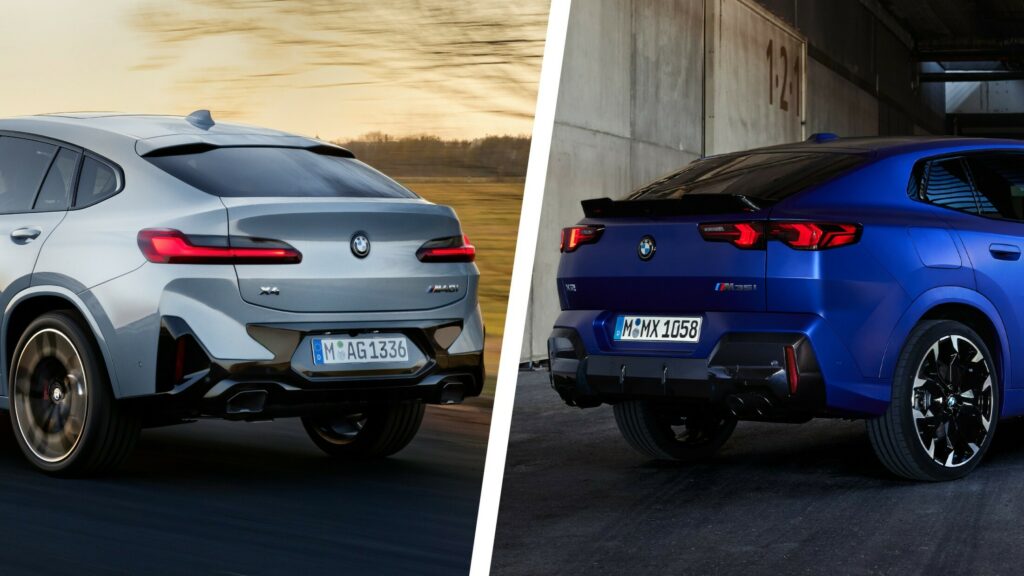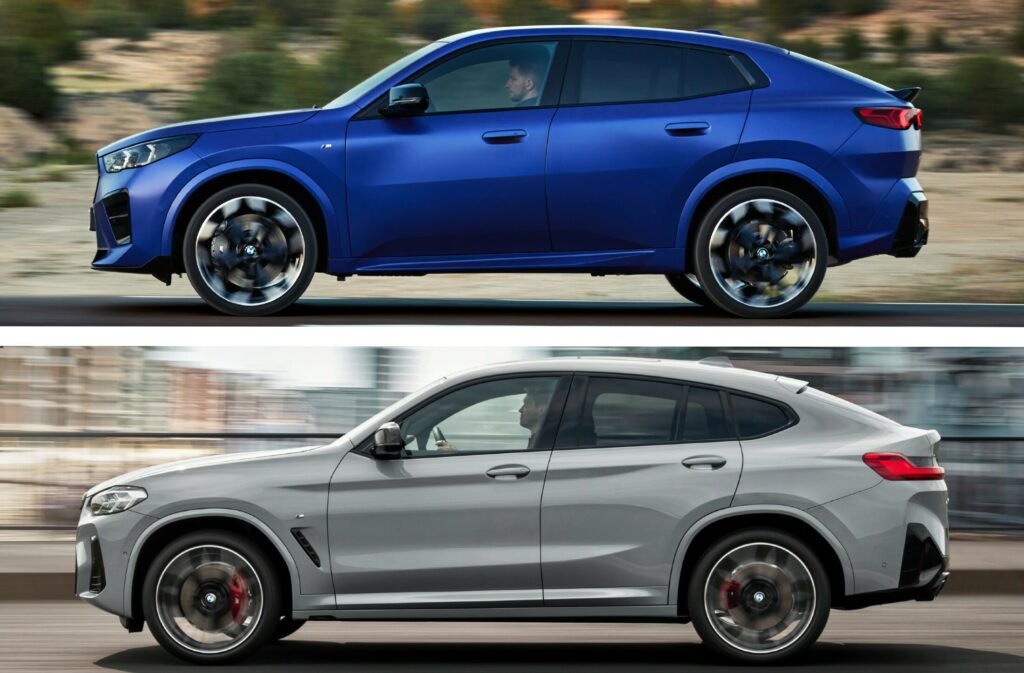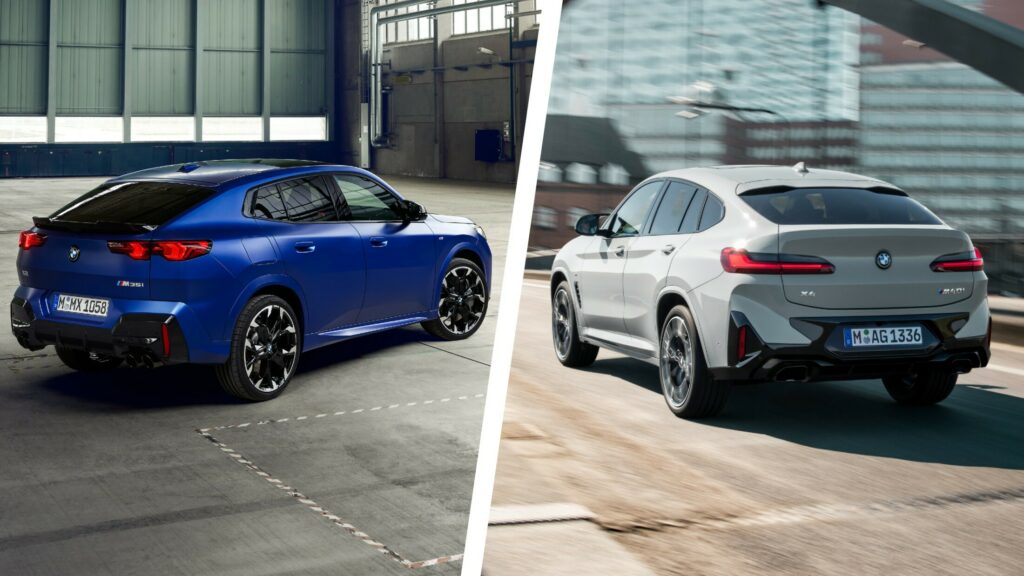The successor of the BMW X4 that’s expected in 2026 will reportedly be an EV-only affair, meaning that the X2 has bigger shoes to fill
3 hours ago
 –>
–> 
–>
With BMW‘s latest addition, the new X2 compact crossover, there has been significant discussion regarding its role within the brand’s evolving lineup and future strategies. The 2024 X2 is not only notably larger than its hatchback-style predecessor, but it also adopts the same Sports Activity Coupe-style profile lines and silhouette as the X4 and X6.
While it’s completely normal these days for new models to increase in size, BMW appears to have emphasized this growth in the X2, potentially positioning it to eventually replace both the previous generation and the ICE-powered X4, which is expected to be discontinued in the future.
More: 2024 BMW X2 Revealed As An X1 In Ostentatious Running Shoes Priced From $43,000
advertisement scroll to continue

According to insider sources from last year, the BMW X4 is reportedly set to be replaced by a new model called the iX4. As the name suggests, it will be exclusively available with a battery-electric powertrain and will be based on the Neue Klasse architecture.
The current second generation X4, with the internal codename G02, was introduced in 2018 and received a facelift in mid-2021. Given its lifecycle, it’s unlikely to continue past 2025. BEVs will certainly be more popular by then, but automakers will still need to offer ICE-powered options at least for a few more years.
A report from BMW Blog says that the longer silhouette, more spacious and tech-filled cabin, and more potent powertrain options may pique the interest of current X4 owners. Some of these customers might be looking for a newer model in the near future or may prefer not to switch to a fully electric vehicle when the iX4 is introduced around 2026.
A quick look at the specifications of these SUVs reveals that the second-gen BMW X2 measures 4,554 mm (179.3 inches) long. This places it between the previous X2 and the current X4 in terms of its overall footprint. In fact, it is 194 mm (7.6 inches) longer than its predecessor and 198 mm (7.8 inches) shorter than the X4. For a more detailed comparison of sizes between the models, refer to the chart below.
The additional length was required by BMW designers to shape the elongated coupe-SUV rear with the sloped windshield. It also played a crucial role in achieving better proportions, narrowing the gap between the X2 and the X4, even though the X2 has a longer front overhang due to its front-wheel-drive-based platform.
The new X2 utilizes an upgraded version of its predecessor’s FWD-based UKL2 platform, in contrast to the RWD-orientated CLAR architecture found in the X4. Consequently, it doesn’t offer the larger X4’s inline-six engine option, with the 312 hp 2.0-liter four-cylinder M235i edition being the highest-performing variant available. While these differences will surely impact factors like performance and driving dynamics, it’s worth noting that for the average mainstream buyer, these technical specifications might not be a primary consideration, as they tend to focus on other aspects of the vehicle.


